Yi Wang
Advisor: Ralph Stern
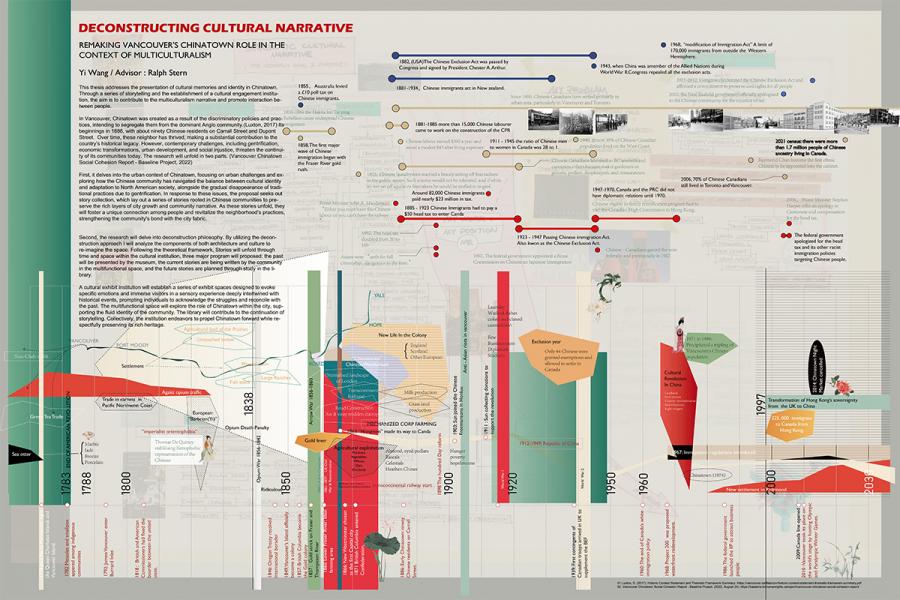
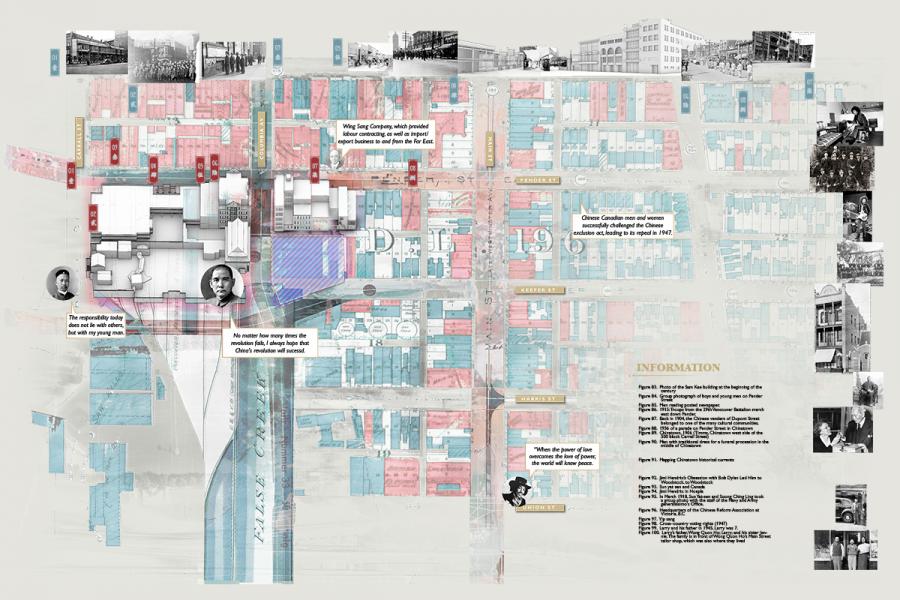
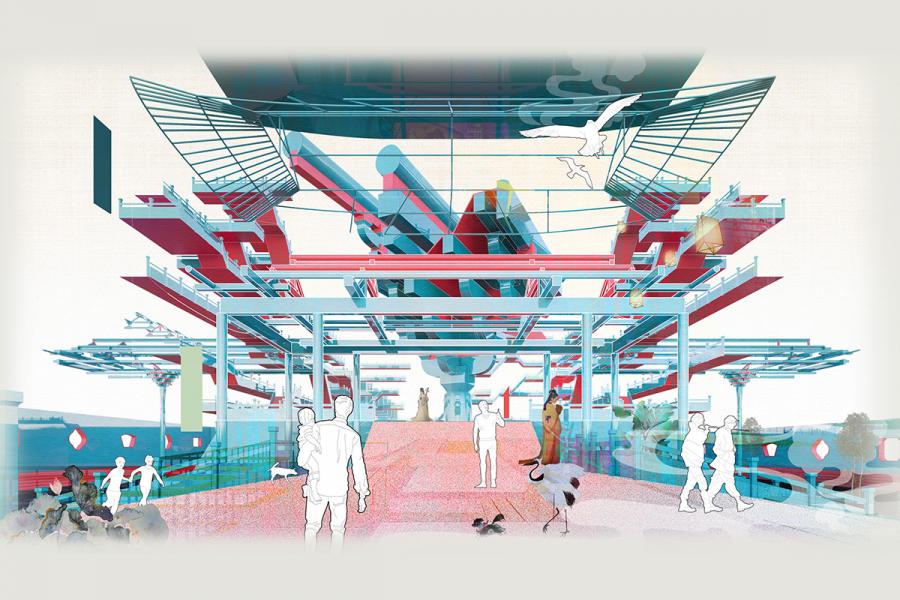
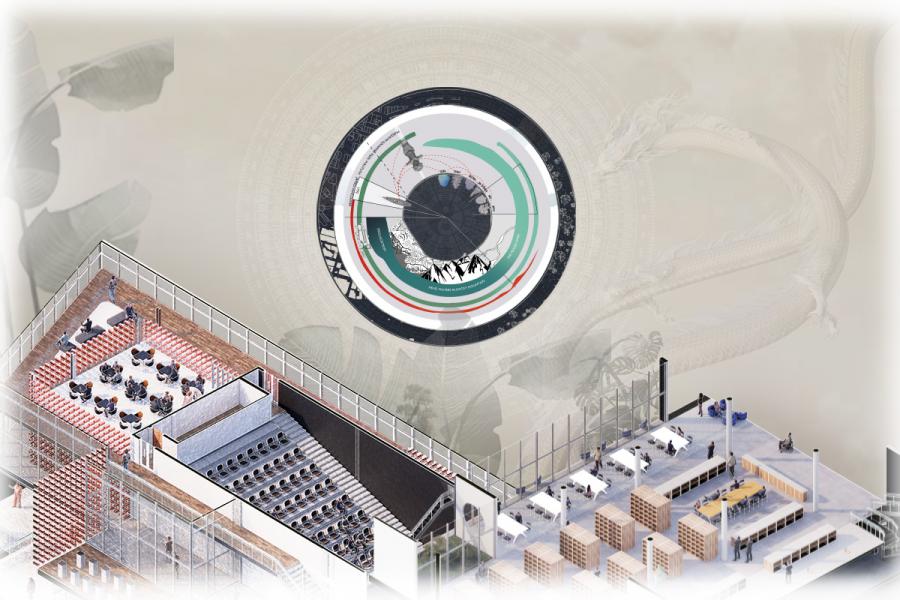
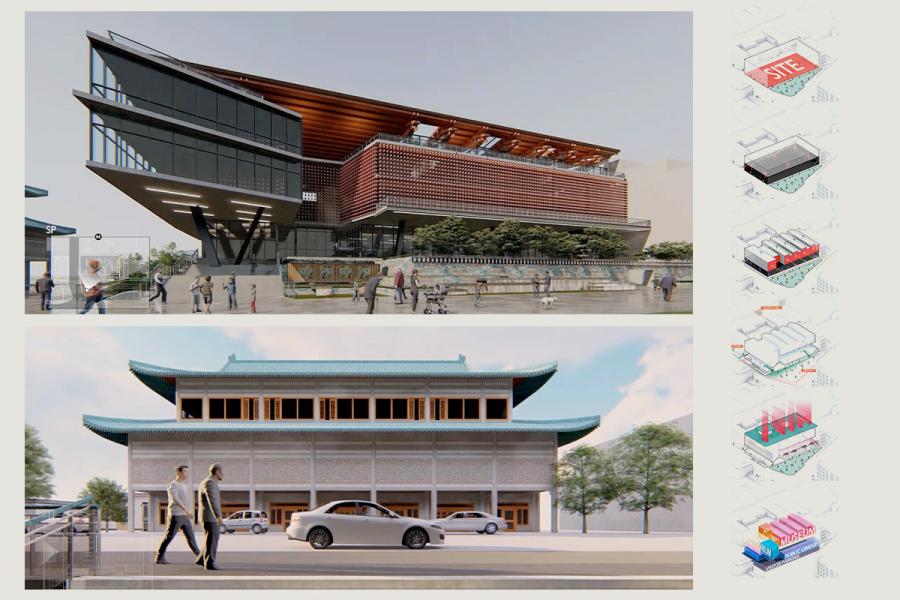
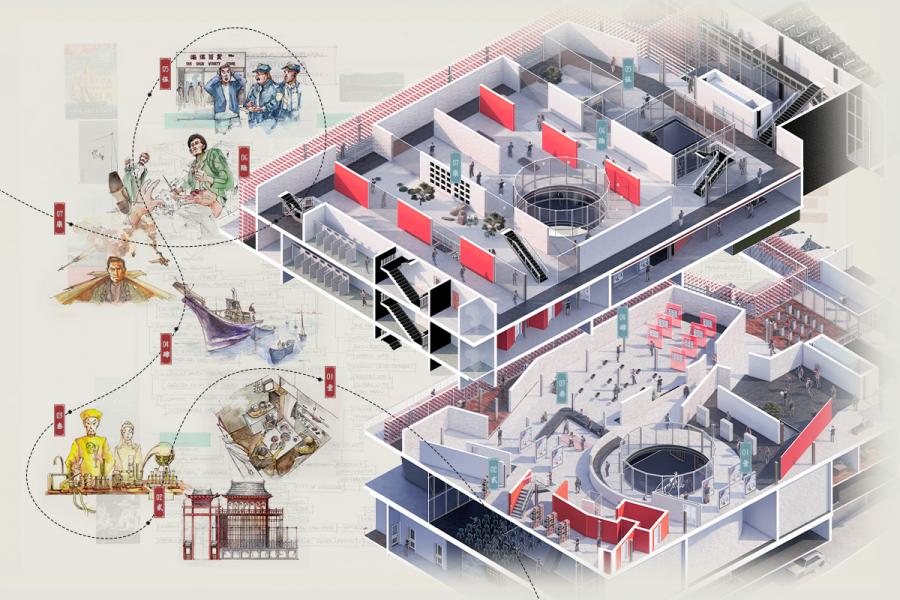
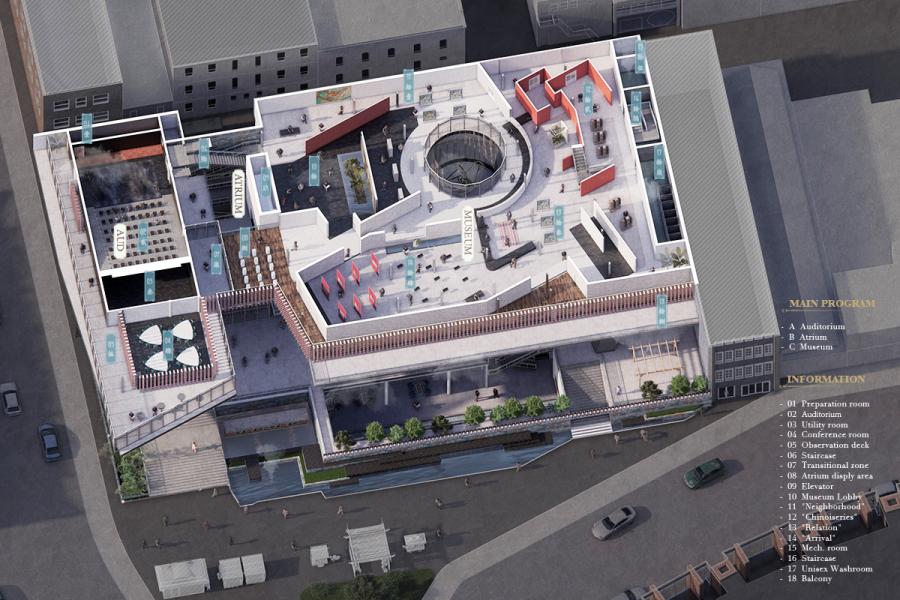
Deconstructing cultural narrative: remaking Vancouver’s Chinatown role in the context of multiculturalism
This thesis addresses the presentation of cultural memories and identity in Chinatown. Through a series of storytelling and the establishment of a cultural engagement institution, the aim is to contribute to the multiculturalism narrative and promote interaction between people.
In Vancouver, Chinatown was created as a result of the discriminatory policies and practices, intending to segregate them from the dominant Anglo community. (Luxton, 2017) Its beginnings in 1886, with about ninety Chinese residents on Carrall Street and Dupont Street. Over time, these neighbor has thrived, making a substantial contribution to the country’s historical legacy. However, contemporary challenges, including gentrification, economic transformations, urban development, and social injustice, threaten the continuity of its communities today. The research will unfold in two parts. (Vancouver Chinatown Social Cohesion Report - Baseline Project, 2022)
First, it delves into the urban context of Chinatown, focusing on urban challenges and exploring how the Chinese community has navigated the balance between cultural identity and adaptation to North American society, alongside the gradual disappearance of traditional practices due to gentrification. In response to these issues, the proposal seeks out story collection, which lay out a series of stories rooted in Chinese communities to preserve the rich layers of city growth and community narrative. As these stories unfold, they will foster a unique connection among people and revitalize the neighborhood’s practices, strengthening the community's bond with the city fabric.
Second, the research will delve into deconstruction philosophy. By utilizing the deconstruction approach I will analyze the components of both architecture and culture to re-imagine the space. Following the theoretical framework, Stories will unfold through time and space within the cultural institution, three major program will proposed: the past will be presented by the museum, the current stories are being written by the community in the multifunctional space, and the future stories are planned through study in the library.
A cultural exhibit institution will establish a series of exhibit spaces designed to evoke specific emotions and immerse visitors in a sensory experience deeply intertwined with historical events, prompting individuals to acknowledge the struggles and reconcile with the past. The multifunctional space will explore the role of Chinatown within the city, supporting the fluid identity of the community. The library will contribute to the continuation of storytelling. Collectively, the institution endeavors to propel Chinatown forward while respectfully preserving its rich heritage.
01.Luxton, D. (2017). Historic Context Statement and Thematic Framework Summary. https://vancouver.ca/files/cov/historic-context-statement-thematic-framework-summary.pdf
02. Vancouver Chinatown Social Cohesion Report - Baseline Project. (2022, August 24). https://baseline.bchumanrights.ca/report/vancouver-chinatown-social-cohesion-report/
